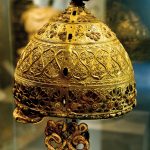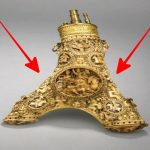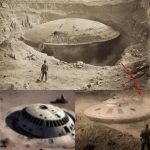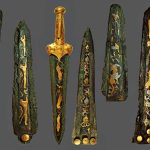Baia’s Magnificent Sunken Treasure: A Mediterranean Submerged Marvel
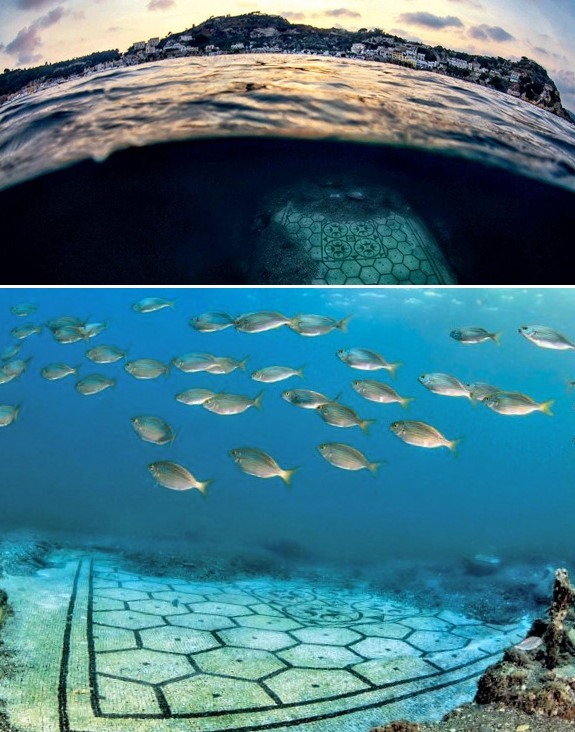
Baia, nestled along the picturesque Bay of Napoli, holds a secret beneath its azure waters—a submerged treasure trove unrivaled in the Mediterranean. The ruins of this ancient Roman seaside resort have slowly succumbed to the relentless pull of the sea, sinking into the depths over the centuries, a victim of the region’s frequent earthquakes.
Once a thriving playground for the Roman elite, Baia boasted luxurious villas, opulent baths, and grand temples dedicated to the gods. It was a place of decadence and leisure, where the wealthy came to see and be seen, to bask in the sun and indulge in earthly pleasures. Yet, beneath this veneer of opulence lay a vulnerability inherent to its seaside location—a vulnerability that would ultimately seal its fate.
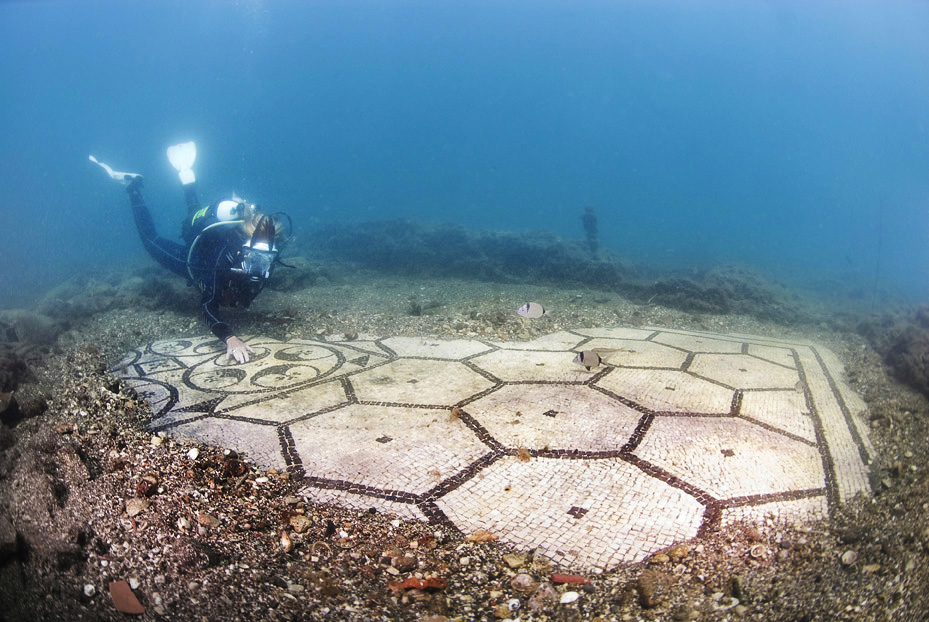
Over time, the Bay of Napoli has been plagued by a series of seismic disturbances, the earth’s tremors shaking the very foundations of the land. With each earthquake, Baia’s once-grand structures were jolted and destabilized, their foundations weakened and their walls cracked. Slowly but surely, the relentless force of nature began to claim its toll, causing sections of the city to slip beneath the waves.
Today, the ruins of ancient Baia lie hidden beneath the crystal-clear waters of the bay, a ghostly reminder of its former glory. Submerged columns, arches, and statues litter the seabed, their weathered surfaces bearing witness to centuries of sun and saltwater. For divers and archaeologists alike, these underwater ruins are a treasure trove of historical riches, offering tantalizing glimpses into the past.

Among the most iconic features of the submerged city are the remains of the Nymphaeum of Punta Epitaffio, an elaborate sanctuary dedicated to the water nymphs, and the Temple of Venus, where worshippers once sought the favor of the goddess of love and beauty. These and other structures, now shrouded in mystery and myth, provide invaluable insights into the daily life and customs of ancient Rome.
But perhaps the most captivating aspect of Baia’s submerged treasure lies in its potential to rewrite history. As archaeologists continue to explore the underwater ruins, new discoveries are being made that challenge our understanding of the past. Artifacts recovered from the seabed shed light on forgotten rituals, lost technologies, and ancient trade routes, painting a richer and more nuanced picture of life in the Roman Empire.
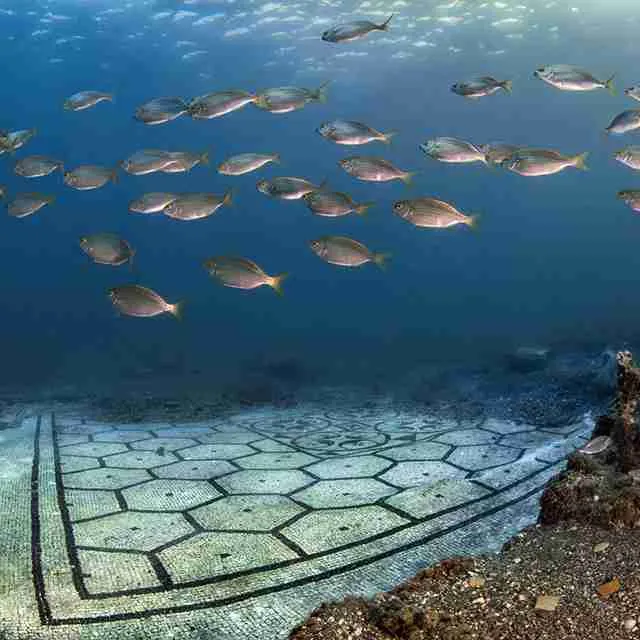
Yet, even as we marvel at the wonders of Baia’s submerged treasure, we are reminded of the fragility of human civilization in the face of nature’s might. The ruins of Baia serve as a poignant reminder of the impermanence of worldly glory, a testament to the enduring power of the sea to shape and reshape the course of history.
In the end, Baia’s submerged treasure is more than just a collection of ancient relics—it is a window into the past, a gateway to a lost world waiting to be rediscovered and explored. And as we dive deeper into its depths, we are reminded of the timeless allure of the Mediterranean and the mysteries that lie hidden beneath its azure waves.
